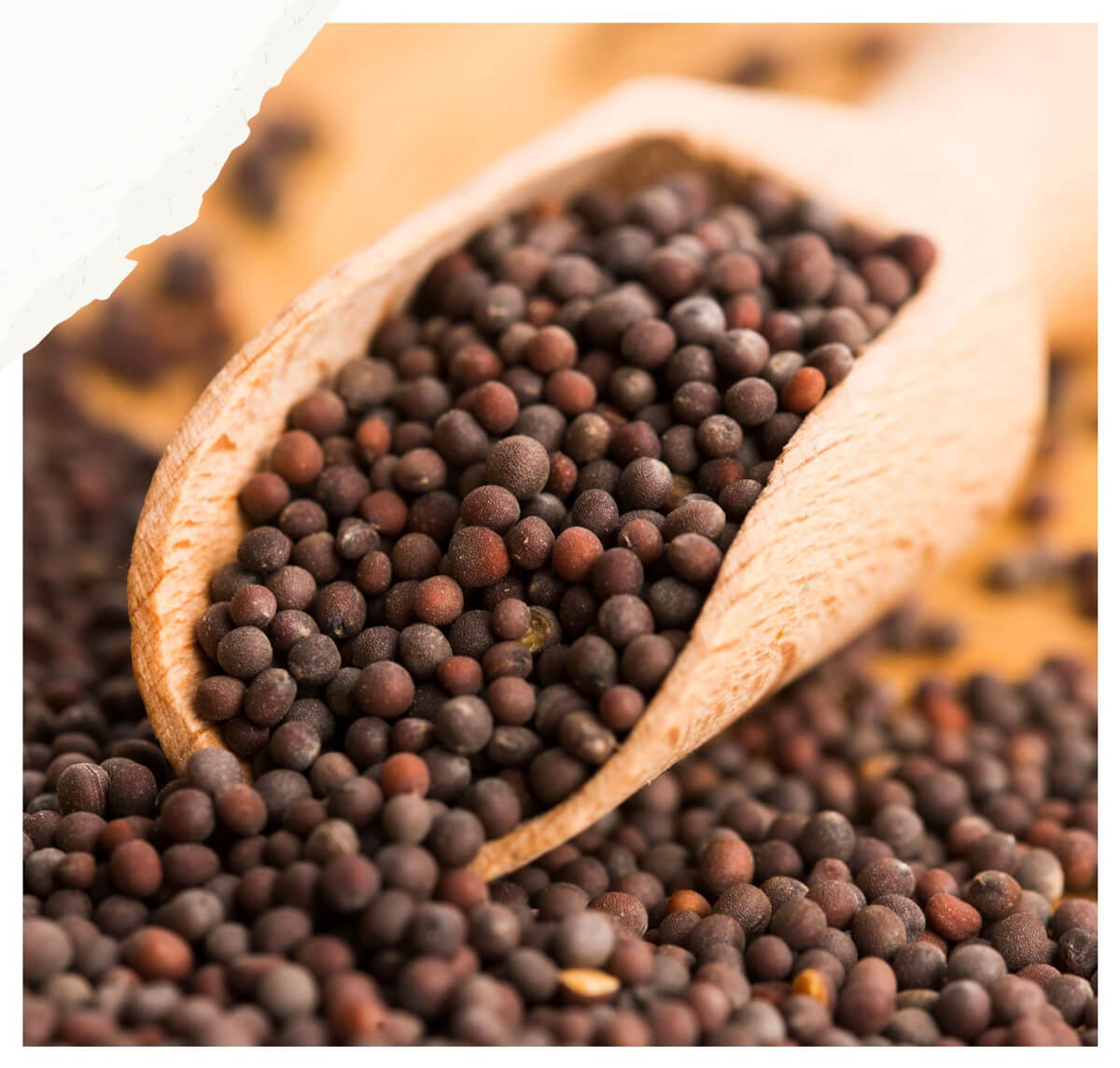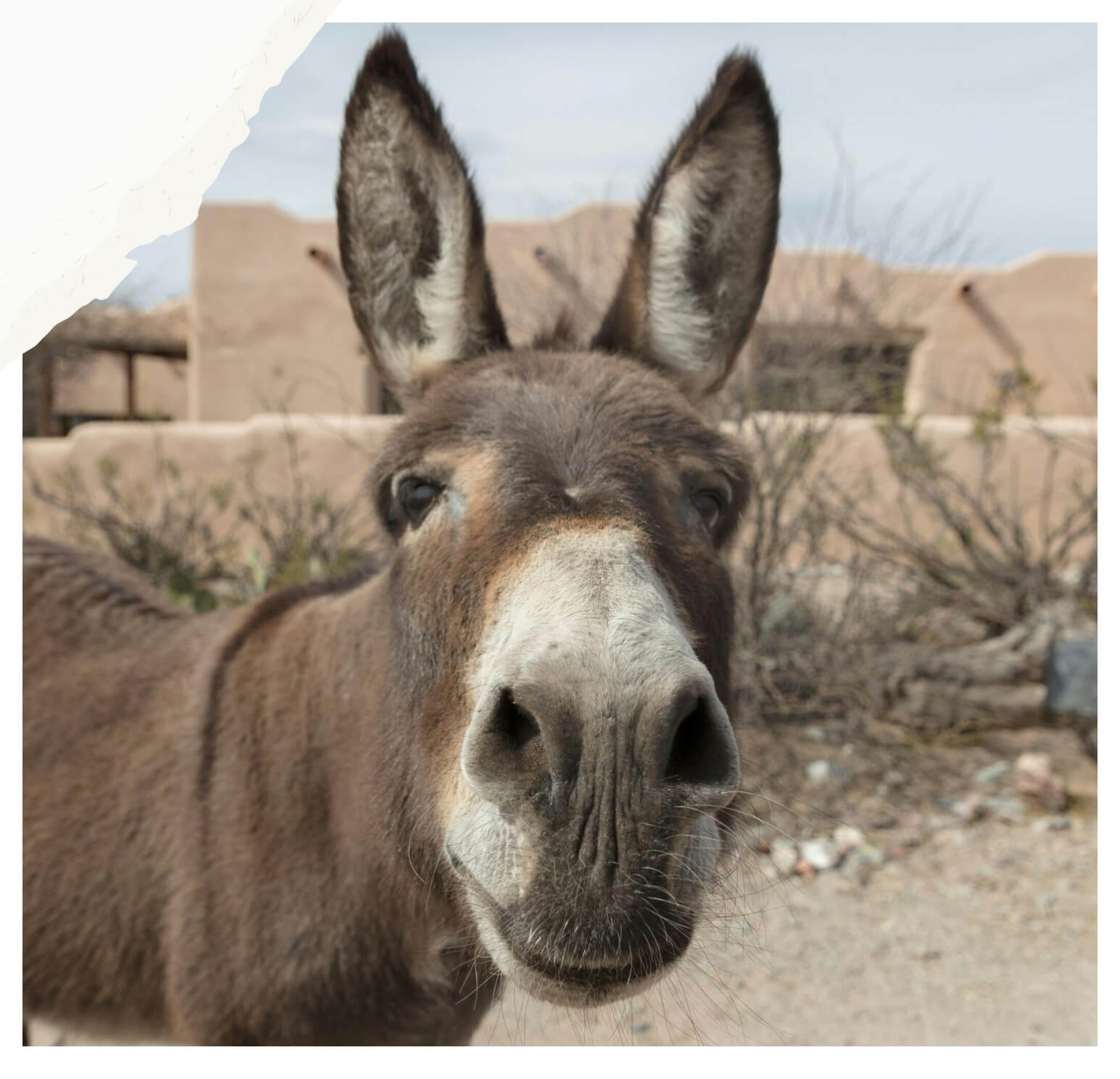Give it to God
Do you know what I love most about the story of Jesus feeding the five thousand? I love the boy with the fish.
We know this story so well. We know how crowds of men, women, and children followed Jesus until he stopped to speak with them. We know how the day grew late, the crowd grew weary with hunger, and the disciples asked Jesus to send them away so that they may find something to eat. But Jesus tells them to feed the crowds. “How many loaves do you have?” He asked. “Go and see.” (Mark 6:38).
The boy is almost a footnote in the story. He is not even mentioned in the Gospels of Matthew, Mark, or Luke. In those, the disciples merely reply to Jesus that they have only five loaves and two fish (Matthew 14:17; Mark 6:38; Luke 9:13). But in John, from the pen of the apostle of love, we read where the loaves and fish originated: “Here is a boy,” John writes, “with five small barley loaves and two small fish…” (John 6:9).
Imagine what it must have been like to be that boy! How terrifying and exhilarating to be pulled from the crowd and placed before Jesus. The account gives us no perspective for what the boy was feeling. Was he honored to offer up his meal to the service of these men? Or was he afraid, knowing that he, as nothing but a boy, was about to lose his meager meal and return home hungry?
And then, how amazed he must have been – amazed and bewildered – to see his small meal pouring back out of the basket, feeding one group of hungry men after another. What did he think when that basket passed back to him with an offering far bigger than what he put in? An offering so big, in fact, that he ate until he could eat no more, leaving pieces of bread on the ground. How amazing it must have been to watch the crowds around him also eat until they could eat no more, leaving more pieces of bread on the ground which the disciples picked up, filling twelve baskets. Twelve baskets! “Surely this is the Prophet who is to come into the world.” (John 6:14).
And yet, the story of Jesus feeding the five thousand is not merely the story of this miraculous sign which marveled the crowd. It is also about the boy, who teaches us the second of our three principles: Give it to God.
We see this same lesson modeled by the widow whom Elijah visits (1 Kings 17). At Elijah’s instruction, she uses the last of her flour and oil to make a small cake of bread for him, leaving nothing for her or her son to eat. And yet, her offering too was returned to her with such abundance that “the jar of flour was not used up and the jug of oil did not run dry, in keeping with the word of the Lord spoken by Elijah” (1Kings 17:16).
In the natural world, there are finite resources. We have limited time, limited energy, limited money, and limited possessions (although when housecleaning I sometimes feel as though possessions multiply behind closet doors!) It is only when we give it all to God, as humbling and terrifying as that is, that He is able to use it for His good purposes – both for others and for us. I read once that in opening our hands to give, we are also opening our hands to receive. Truly, when we open our hands to God, we receive far more in exchange. God is our infinite resource, but first we must start with what we have, and give it to God. He can do far more amazing things with it than we can.
Everyone who drinks this water will be thirsty again, but whoever drinks the water I give him will never thirst. Indeed, the water I give him will become in him a spring of water welling up to eternal life (John 4:13-14).

Search the Blog
Categories
Join the email list to receive the latest post and occasional exclusives

Meet Janet!
Janet Beagle, PhD is the founder of The Mustard Patch. She divides her time between the Midwest and New England, and if she’s not writing, she’s probably out hiking with her 2-and 4-footed friends.





